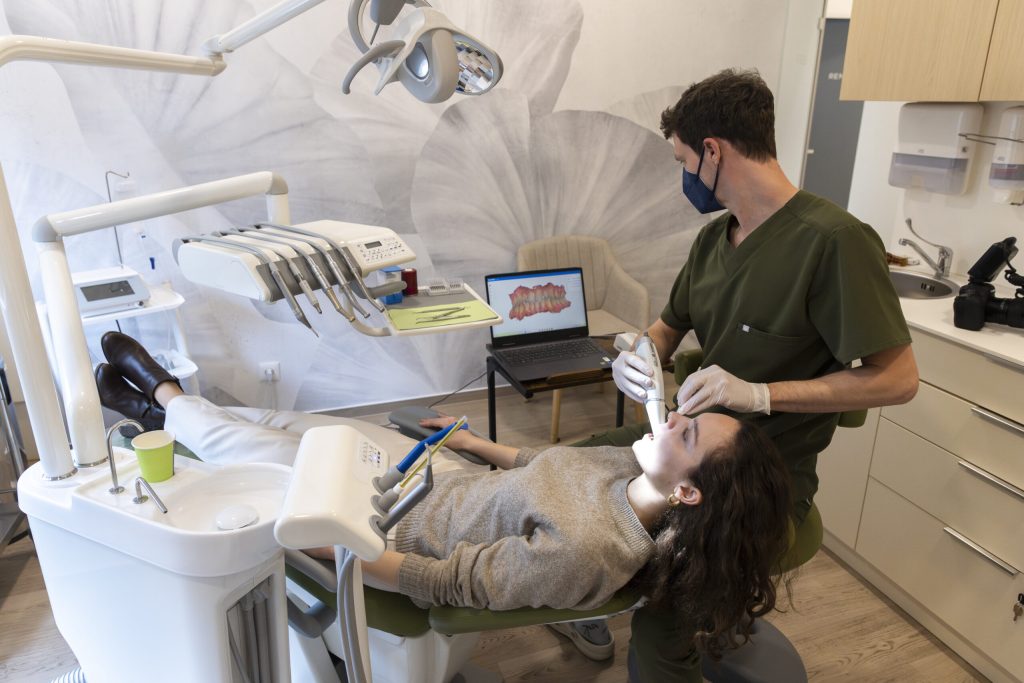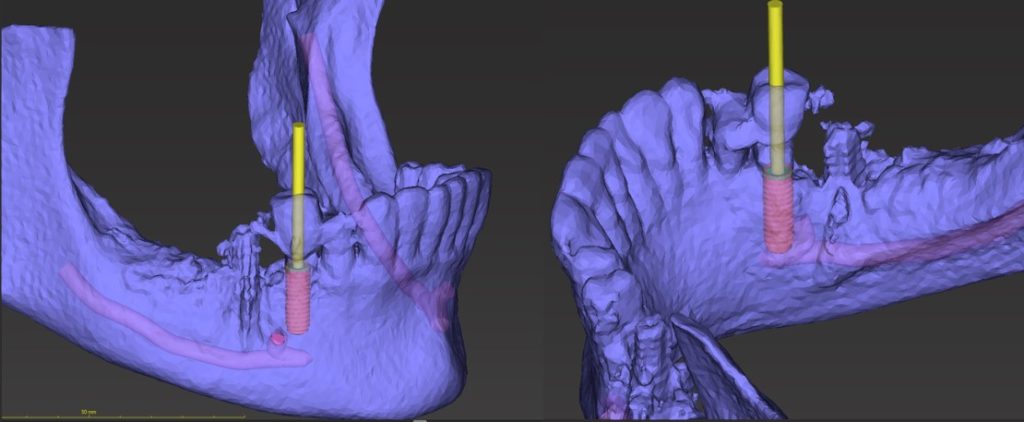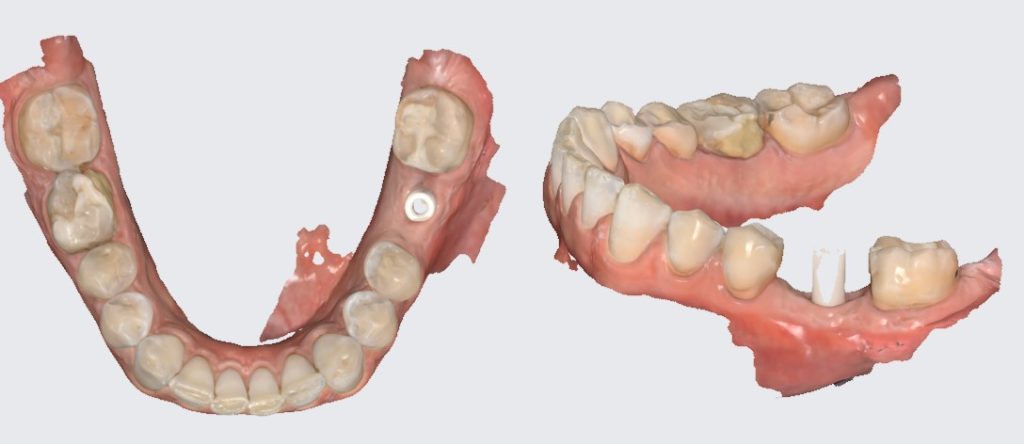The use of a digital impression (oral scanner) is one of the most modern and comfortable procedures in dentistry, revolutionizing dental diagnostics and treatments. This technology replaces traditional, uncomfortable impression-taking methods with a faster, more accurate, and more convenient approach. Below, we present the key advantages of scanning:


